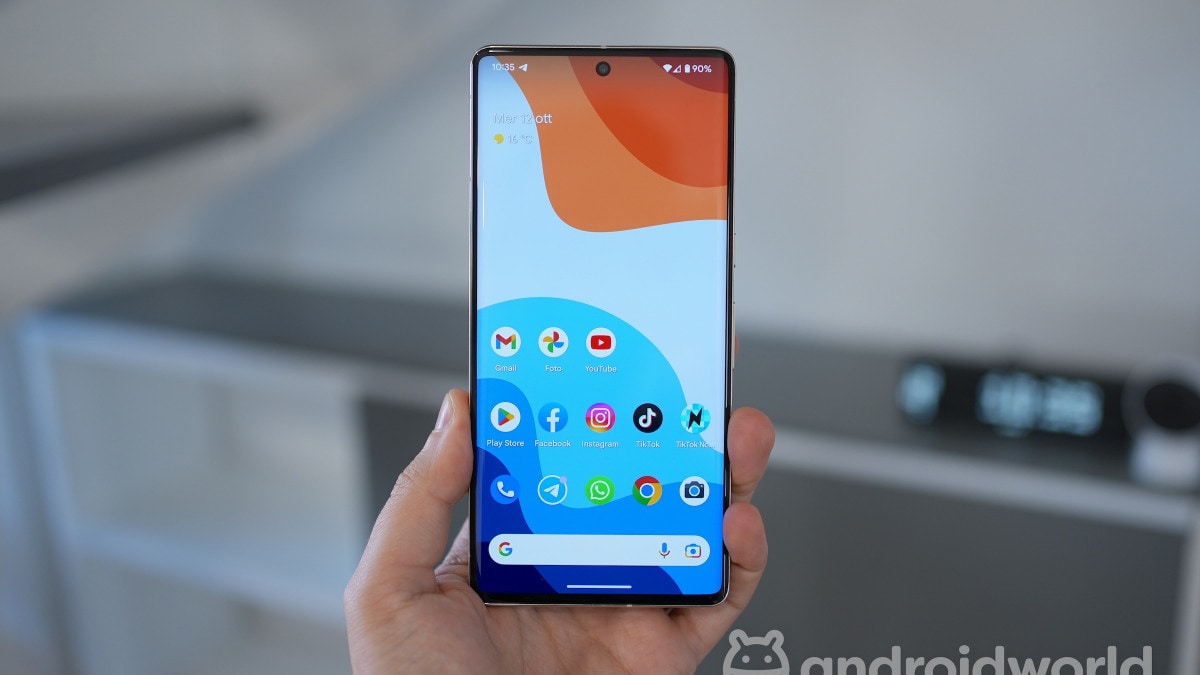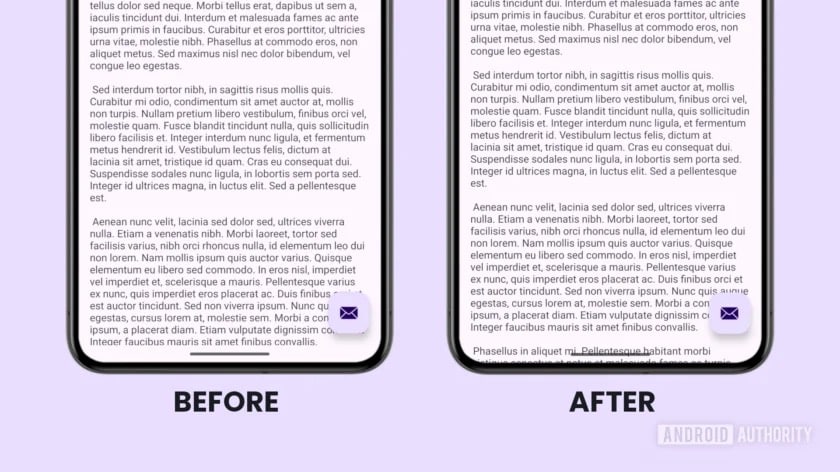Android 15 could force apps to make better use of the available screen space

Have you ever wished the app you were using made better use of it screen? A page Internet or a eBooks, or even just yours video editor favorite: There are several apps that could handle them better large screens of the smartphones today (speaking of eBooks, do you know what the best eReader apps on Android are?).
Android offers a tool for this, called Mode edge-to-edgebut to take advantage of it, developers must implement specific APIs in their apps that allow them to make transparent the system bars, i.e. the navigation bar and the status bar.
Obviously not everyone does this, and maybe it doesn’t even make sense to do it for all apps, but apparently Google is working on a way to “to force” the function a system level (below you can see an app with the mode deactivated above and below with the mode active).
<img class="tw-image lazyload " src="https://www.smartworld.it/images/2024/02/06/edge-to-edge-in-landscape-comparison-840w-472h-orig.jpg” width=”840″ height=”472″ alt=”” title=”Edge_to_edge_in_landscape_comparison-840w-472h” loading=”lazy”>
Apps with edge-to-edge mode disabled, top, and with mode enabled, bottom. Source: Mishaal Rahman
To find out, it was Mishaal Rahmanwhich digging into the code of the latest beta of Android 14 QPR2 has found references to this functionality, which will simply require an app to be directed to the latest version of the green robot.
In practice, when updating or creating an app, Google requires that a API level which corresponds to the operating system the app will be for compatible (for example Android 15 corresponds to level 35): GrandeG has a tool that allows developers to to test their apps for the latest version of the operating system, and therefore know not only if they will have problems, but also, updating them, to be compatible with the new features of the system.
As versions of Android are released, Google forces developers to support APIs beyond a certain level, and for example apps will be forced to target the API level 35 by August 31, 2025.
Rahman then discovered that in Beta 3 of Android 14 QPR2 there is a change in system compatibility called EDGE_TO_EDGE_BY_DEFAULTwhich is associated with this description: “make the app go edge-to-edge by default if the target SDK is VANILLA_ICE_CREAM or higher“.
So if the app is updated to target the Android 15 API level (Vanilla Ice Cream is the internal name for Android 15), it will use the mode edge-to-edge.
Rahman managed to activate this mode for some apps like Gmail And Keep, both in landscape mode (top image) and in portrait mode (below) and, as you can see from the images, with the mode active the system bars they become transparent.

Apps with edge-to-edge mode disabled, on the left, and with edge-to-edge mode enabled, on the right. Source: Mishaal Rahman
That said, in some cases the interface elements overlap the system bars with a less than optimal effect, and for this reason Google it will give developers time to test their app before releasing it.
Be careful, though. The presence of this feature does not imply that Google will implement it for Force. At the moment these are tools under development and even if the Great G is actively working on developing tools for the mode edge-to-edge as happened with the API enableEdgeToEdge to support front camera holes, it is not certain that this feature will arrive with Android 15 (or ever).
We just have to wait for the first ones build preview of Android 15.
Android Authority



